Lighting Design for a Kitchen
The right lighting design can make a huge difference in the functionality and overall ambiance of a kitchen. With the right combination of lighting fixtures, you can create a well-lit and inviting space that is both practical and aesthetically pleasing. Here are the top 10 lighting design ideas for a kitchen that will transform your cooking and dining experience.
Lighting Design Ideas for a Kitchen
1. Use a mix of ambient, task, and accent lighting for a layered effect. Ambient lighting provides overall illumination, task lighting is for specific work areas, and accent lighting adds visual interest and highlights certain features in the kitchen.
2. Incorporate natural light by installing large windows or skylights. This not only brightens up the space but also creates a connection to the outdoors.
3. Opt for energy-efficient LED or CFL bulbs for your kitchen lighting fixtures. They have a longer lifespan and use less energy than traditional incandescent bulbs.
4. Consider the color temperature of the bulbs you choose. Warm white (2700K-3000K) bulbs give off a cozy and inviting glow, while cool white (3500K-4100K) bulbs provide a brighter and more energetic light.
5. Create a focal point with a statement piece. A chandelier or a pendant light above the kitchen island can add a touch of elegance and serve as a conversation starter.
Kitchen Lighting Layout
The layout of your kitchen plays a crucial role in determining the type and placement of lighting fixtures. Here are some common kitchen layouts and the best lighting solutions for each:
1. U-shaped Kitchen - This layout typically has cabinets and counters on three walls, making it ideal for a combination of ambient and task lighting. Recessed lights or track lighting can be installed along the perimeter, while pendant lights or under cabinet lights can illuminate the work areas.
2. L-shaped Kitchen - This layout has cabinets and counters on two adjacent walls. Pendant lights or a chandelier above the dining area can provide ambient lighting, while recessed or track lights can be installed above the countertops for task lighting.
3. Galley Kitchen - This layout has cabinets and counters on two parallel walls. Recessed lights or track lights can be installed along the length of the kitchen for ambient lighting, while pendant lights or under cabinet lights can provide task lighting in the work areas.
Kitchen Lighting Fixtures
There are various types of lighting fixtures that can be used in a kitchen. Here are some popular options:
1. Pendant Lights - These are suspended from the ceiling and are perfect for adding task lighting above a kitchen island or dining area.
2. Chandeliers - These are larger and more intricate pendant lights that can add a touch of glamour to your kitchen.
3. Recessed Lights - These are installed flush with the ceiling and provide general lighting. They are a great choice for ambient lighting in the kitchen.
4. Track Lights - These consist of multiple adjustable spotlights that can be directed to different areas of the kitchen, making them ideal for task lighting.
5. Under Cabinet Lights - These are installed underneath cabinets or shelves and provide focused lighting for kitchen tasks.
Kitchen Pendant Lighting
Pendant lights are a popular choice for kitchen lighting as they come in a variety of styles, sizes, and materials. Here are some tips for using pendant lights in your kitchen:
1. Hang them at the right height. The bottom of the pendant should be at least 30 inches above the kitchen island or dining table to avoid obstructing the view.
2. Use multiple pendants for larger areas. A row of pendants can create a dramatic effect and provide more even lighting.
3. Choose the right size and style for your space. For smaller kitchens, opt for smaller pendants or a single larger statement piece. For larger kitchens, you can mix and match different sizes and styles for a more eclectic look.
Under Cabinet Lighting for Kitchen
Under cabinet lighting is a must-have in any kitchen as it provides focused lighting for tasks such as food preparation and cooking. Here's why you should consider installing under cabinet lights:
1. It eliminates shadows and dark corners, making it easier to see while working on the countertops.
2. It adds a warm and inviting glow to your kitchen, making it feel more welcoming.
3. It can serve as a nightlight for your kitchen, making it easier to navigate in the dark.
Kitchen Island Lighting
Kitchen islands are not only functional but also serve as a focal point in the room. Here are some lighting ideas for your kitchen island:
1. Hang a row of pendant lights above the island for a dramatic effect.
2. Install recessed or track lights above the island for task lighting.
3. Use a combination of pendant and recessed lights for a layered effect.
Recessed Lighting for Kitchen
Recessed lights are a versatile option for kitchen lighting as they can be used for both ambient and task lighting. Here are some tips for using recessed lighting in your kitchen:
1. Use a mix of ambient and task lights to create a balanced lighting scheme.
2. Install them in a grid pattern for even and uniform lighting.
3. Use dimmer switches to adjust the brightness and create different moods in the kitchen.
Kitchen Track Lighting
Track lighting consists of multiple adjustable spotlights mounted on a track that can be directed to different areas of the kitchen. Here are some reasons to consider track lighting for your kitchen:
1. It can be easily customized to suit your specific lighting needs and preferences.
2. It is a cost-effective solution for both ambient and task lighting.
3. It adds a modern and industrial touch to the kitchen.
Kitchen Task Lighting
Task lighting is essential for performing specific tasks in the kitchen such as chopping vegetables or reading recipes. Here are some tips for choosing the right task lighting for your kitchen:
1. Use under cabinet lights for focused lighting on the countertops.
2. Install pendant or recessed lights above the stove or sink for task lighting.
3. Consider using strip lights underneath upper cabinets for a more subtle and indirect lighting option.
Lighting Design for a Kitchen: Creating the Perfect Ambiance
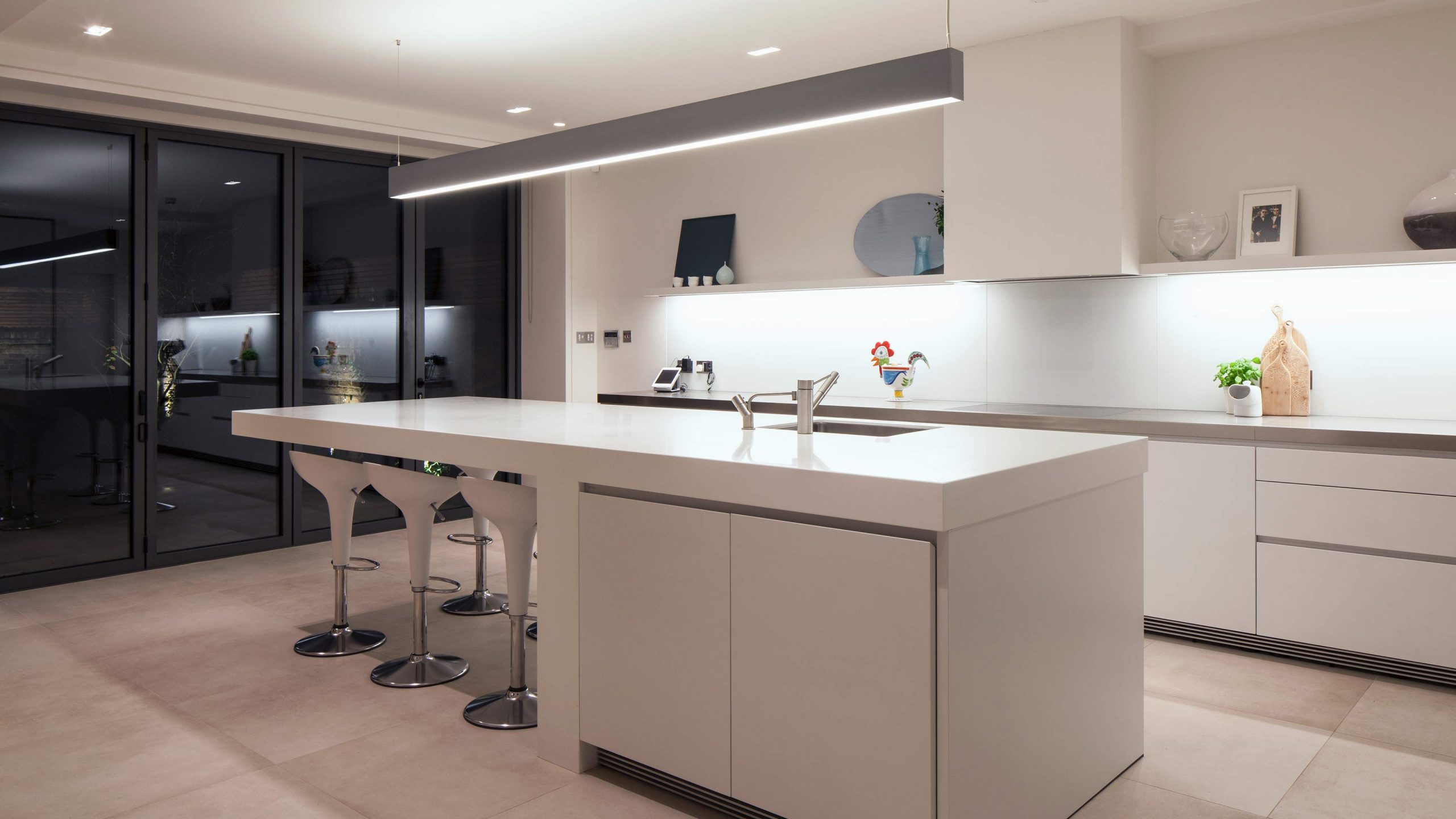
Importance of Lighting Design in Kitchen
 Lighting plays a crucial role in creating the perfect ambiance in any space, and the kitchen is no exception. Not only does it serve the practical purpose of providing adequate lighting for cooking and food preparation, but it also sets the mood and enhances the overall design of the kitchen.
Proper lighting design in a kitchen can elevate the space from a simple cooking area to a warm and inviting gathering place for family and friends.
With the right lighting, you can transform your kitchen into a functional yet stylish space that reflects your personal taste and complements the rest of your home.
Lighting plays a crucial role in creating the perfect ambiance in any space, and the kitchen is no exception. Not only does it serve the practical purpose of providing adequate lighting for cooking and food preparation, but it also sets the mood and enhances the overall design of the kitchen.
Proper lighting design in a kitchen can elevate the space from a simple cooking area to a warm and inviting gathering place for family and friends.
With the right lighting, you can transform your kitchen into a functional yet stylish space that reflects your personal taste and complements the rest of your home.
Consider the Functionality of the Kitchen
 When designing the lighting for your kitchen, it's important to consider the functionality of the space.
For a kitchen that is used primarily for cooking and food preparation, task lighting is essential.
This type of lighting focuses on illuminating specific areas, such as the countertops, stove, and sink, to make it easier to see while working in the kitchen. Under cabinet lighting is also a popular option for task lighting as it provides direct light to the work surface.
When designing the lighting for your kitchen, it's important to consider the functionality of the space.
For a kitchen that is used primarily for cooking and food preparation, task lighting is essential.
This type of lighting focuses on illuminating specific areas, such as the countertops, stove, and sink, to make it easier to see while working in the kitchen. Under cabinet lighting is also a popular option for task lighting as it provides direct light to the work surface.
Creating a Welcoming Atmosphere
 In addition to task lighting, it's important to incorporate ambient lighting into your kitchen design.
This type of lighting provides overall illumination for the space and creates a warm and welcoming atmosphere.
Pendant lights above an island or dining table, chandeliers, and recessed lighting are all great options for ambient lighting in a kitchen. It's important to choose the right size and style of lighting fixtures to complement the size and design of your kitchen.
In addition to task lighting, it's important to incorporate ambient lighting into your kitchen design.
This type of lighting provides overall illumination for the space and creates a warm and welcoming atmosphere.
Pendant lights above an island or dining table, chandeliers, and recessed lighting are all great options for ambient lighting in a kitchen. It's important to choose the right size and style of lighting fixtures to complement the size and design of your kitchen.
Adding a Touch of Style
 Last but not least,
accent lighting is a great way to add a touch of style and drama to your kitchen design.
This type of lighting highlights specific areas or features in the kitchen, such as artwork, shelves, or a decorative backsplash. It can also be used to create a focal point in the room, such as above a kitchen island or a statement piece of furniture. Adding dimmers to your accent lighting can also allow for the flexibility to adjust the level of light and set the desired mood in the kitchen.
In conclusion,
proper lighting design is essential for creating a functional and inviting kitchen space.
By incorporating a combination of task, ambient, and accent lighting, you can create a well-lit and stylish kitchen that reflects your personal taste and enhances the overall design of your home. So the next time you're planning a kitchen renovation, don't forget to pay attention to the lighting design and its impact on the final look and feel of your kitchen.
Last but not least,
accent lighting is a great way to add a touch of style and drama to your kitchen design.
This type of lighting highlights specific areas or features in the kitchen, such as artwork, shelves, or a decorative backsplash. It can also be used to create a focal point in the room, such as above a kitchen island or a statement piece of furniture. Adding dimmers to your accent lighting can also allow for the flexibility to adjust the level of light and set the desired mood in the kitchen.
In conclusion,
proper lighting design is essential for creating a functional and inviting kitchen space.
By incorporating a combination of task, ambient, and accent lighting, you can create a well-lit and stylish kitchen that reflects your personal taste and enhances the overall design of your home. So the next time you're planning a kitchen renovation, don't forget to pay attention to the lighting design and its impact on the final look and feel of your kitchen.
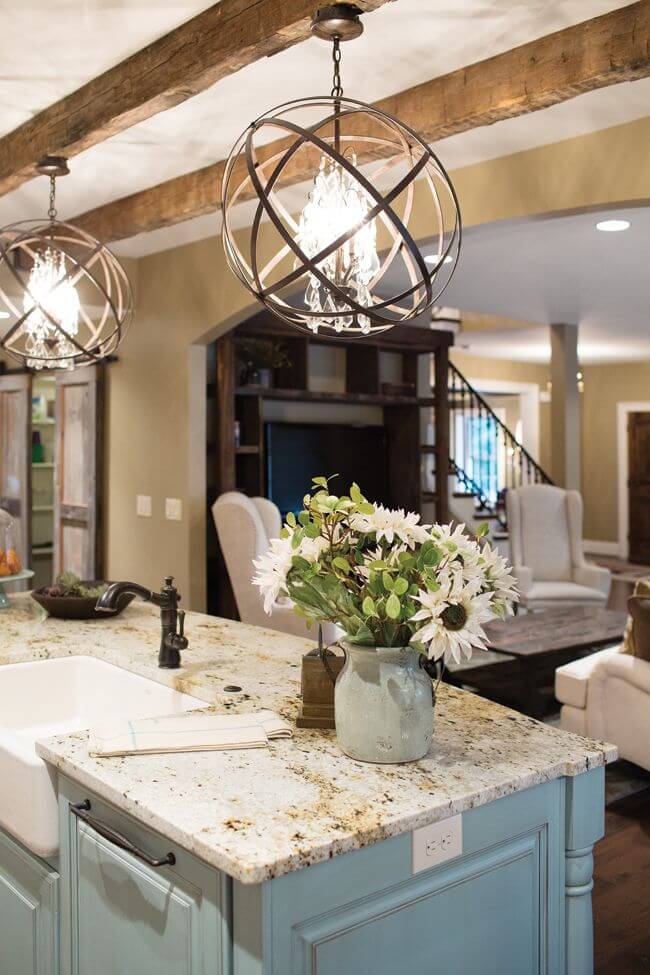

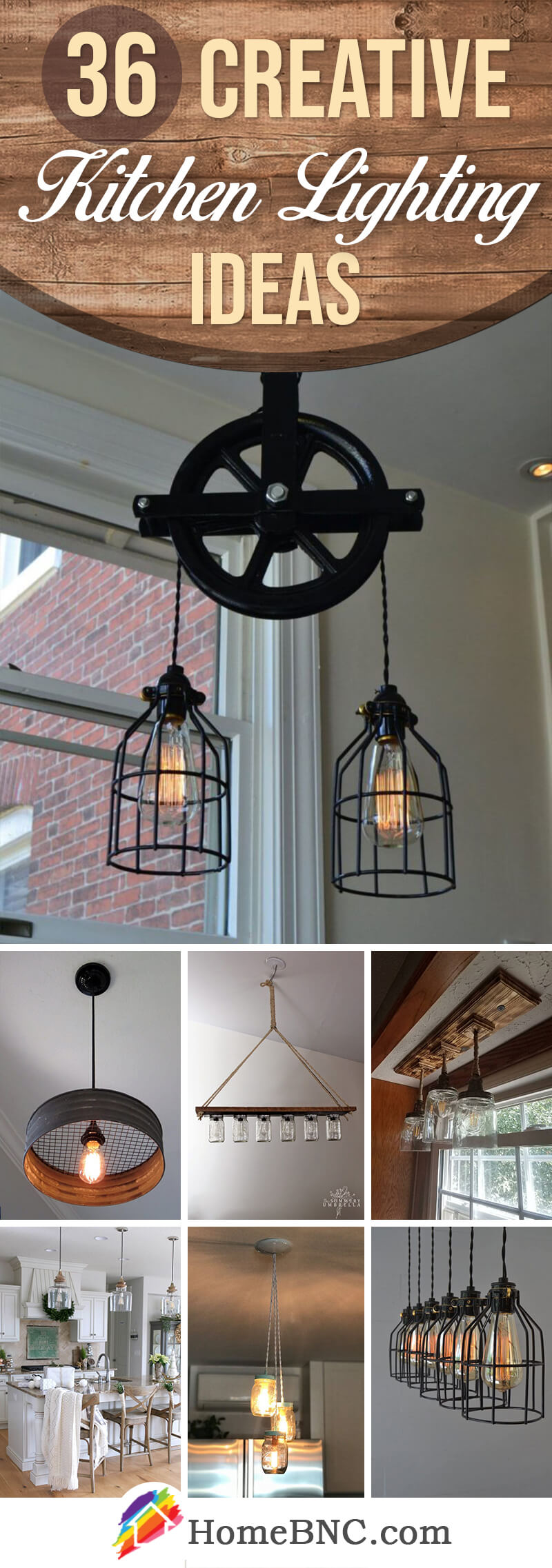
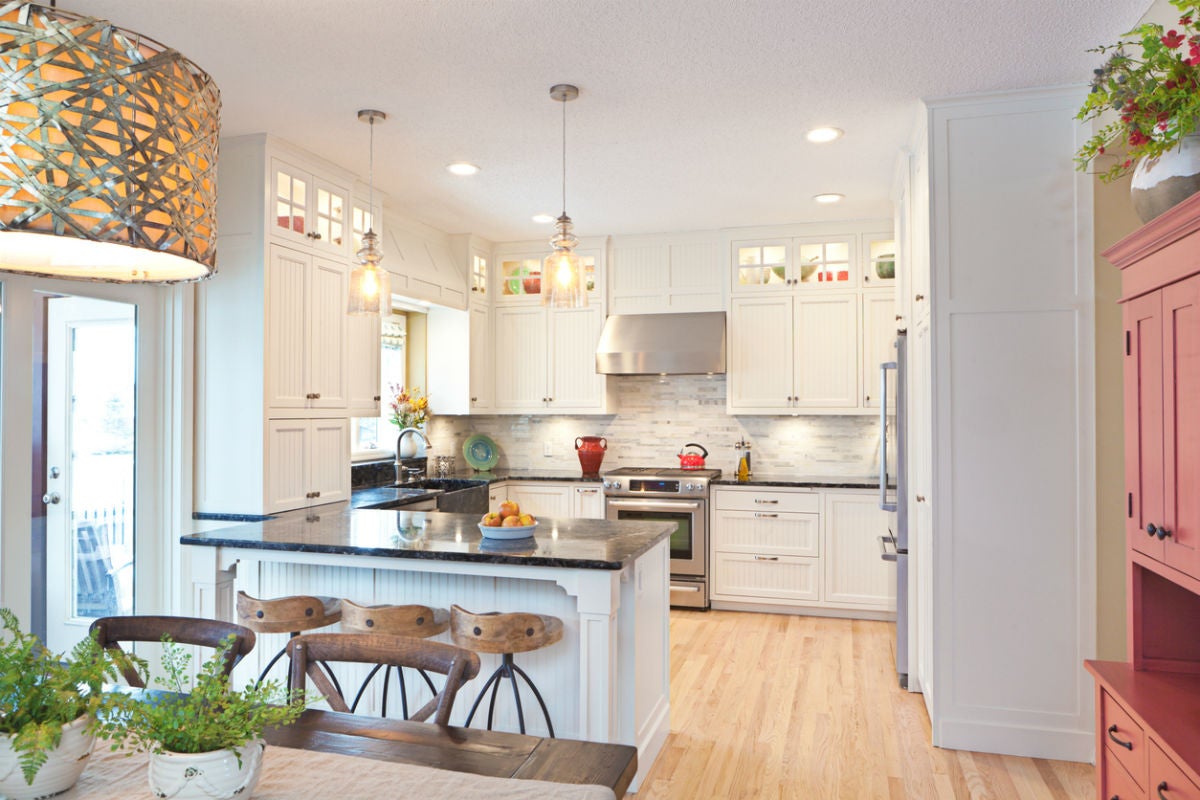

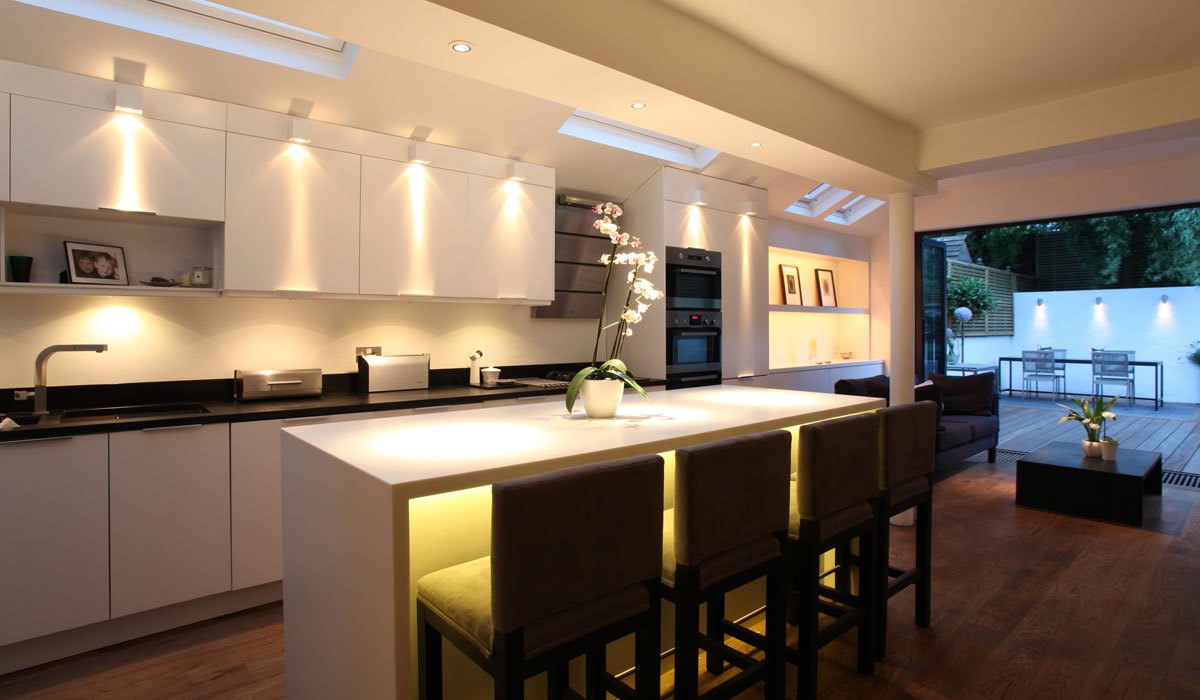

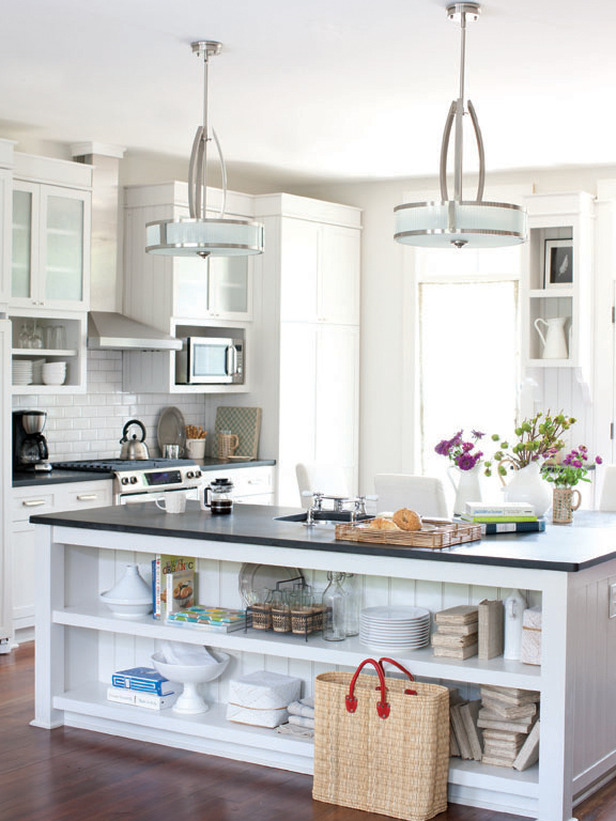



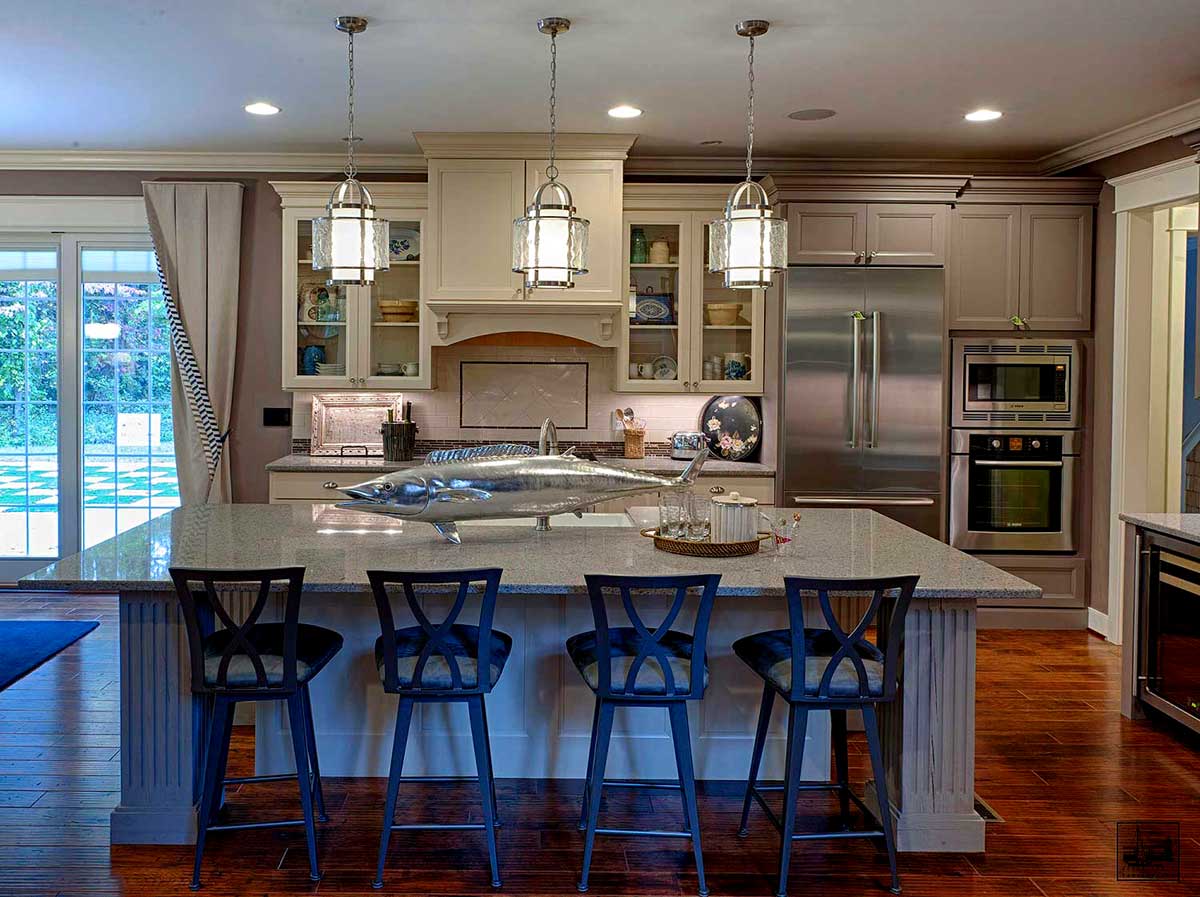








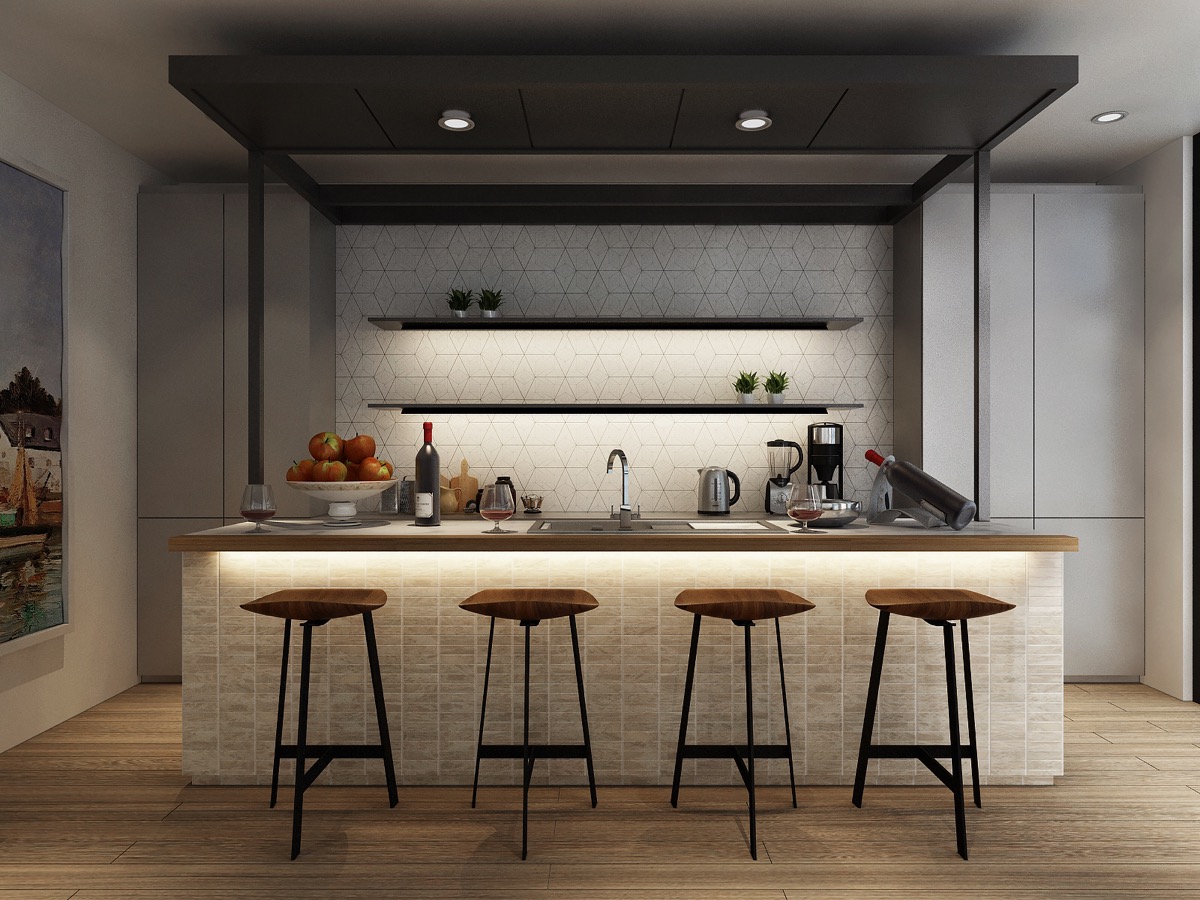




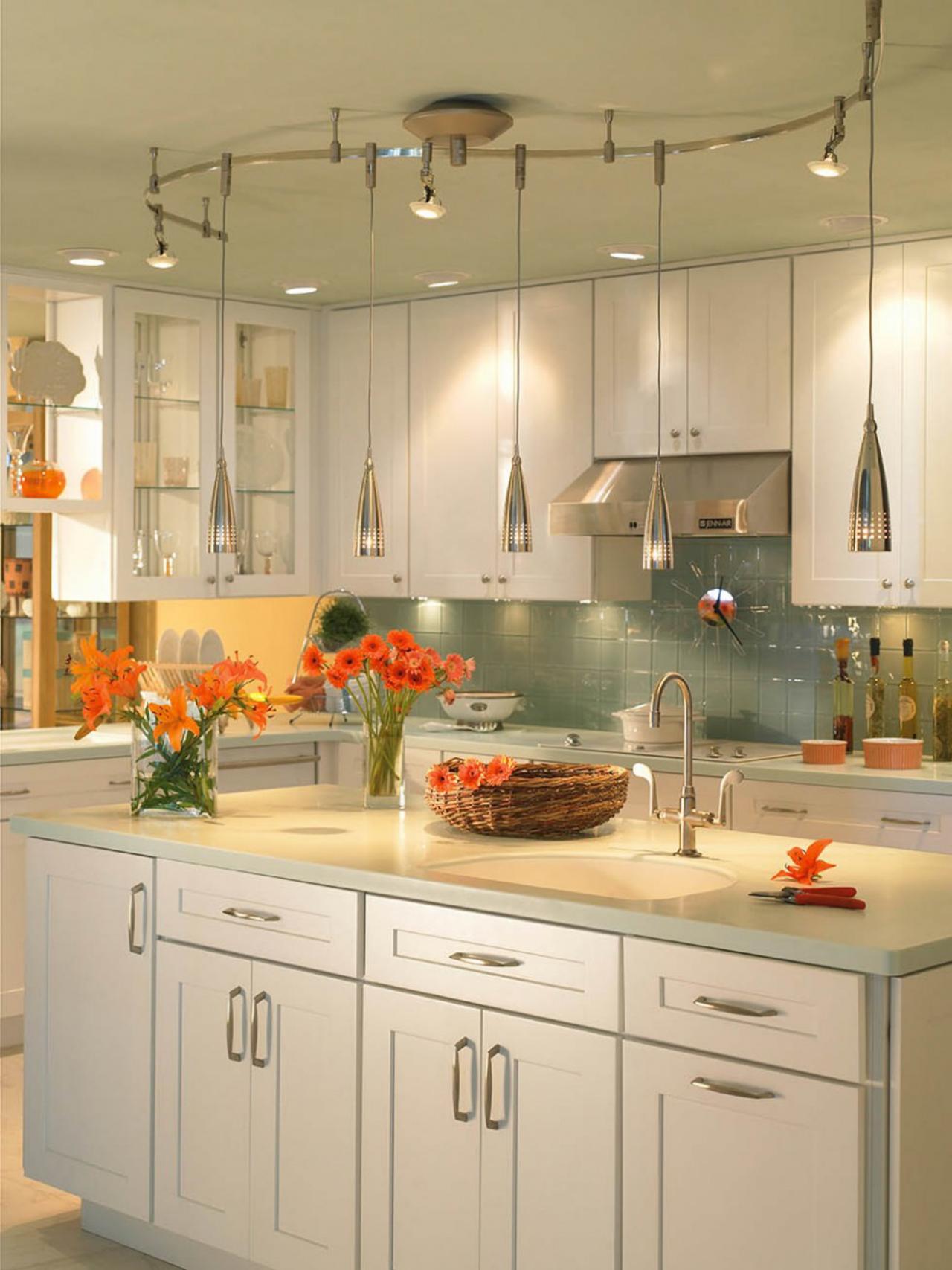
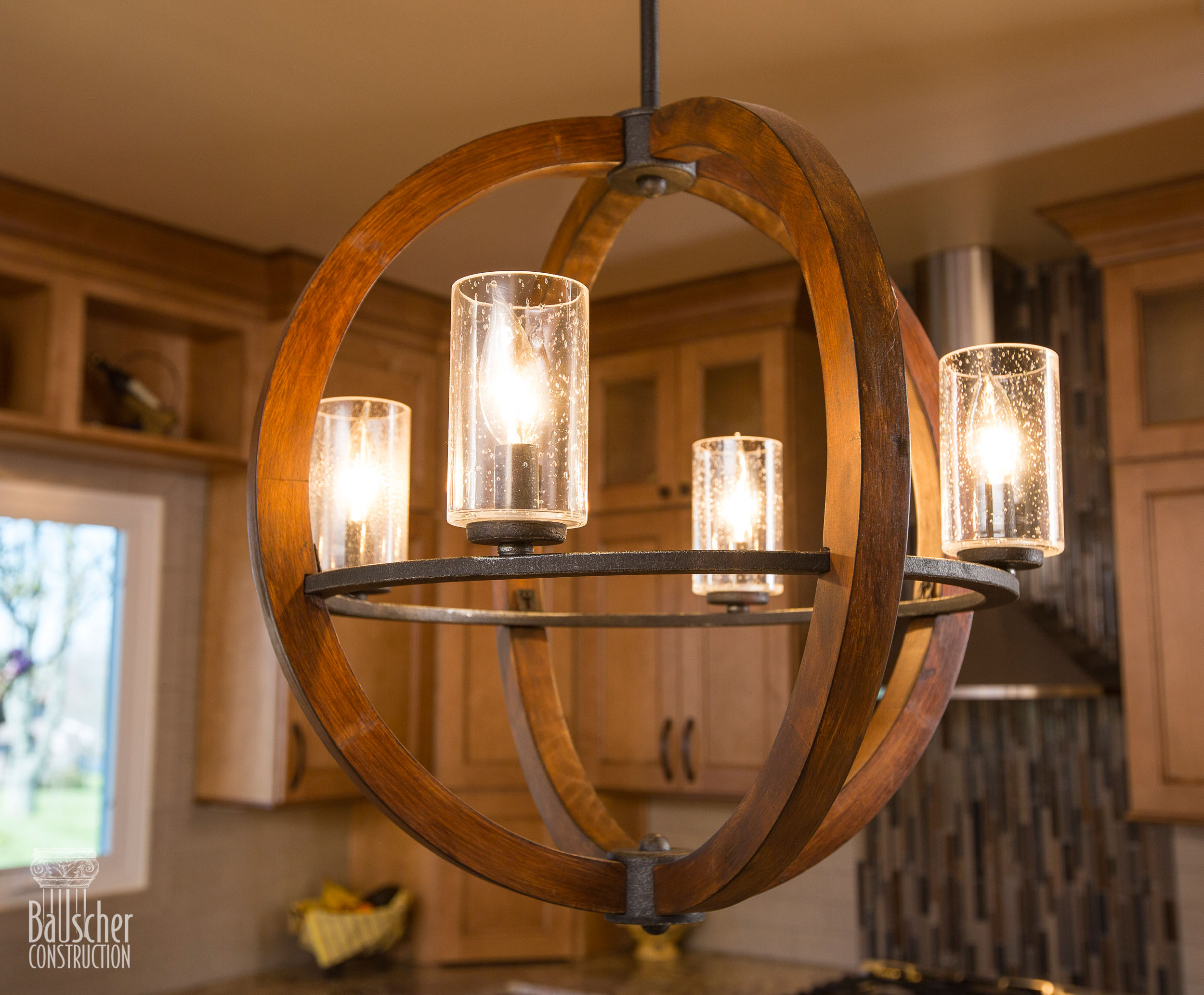
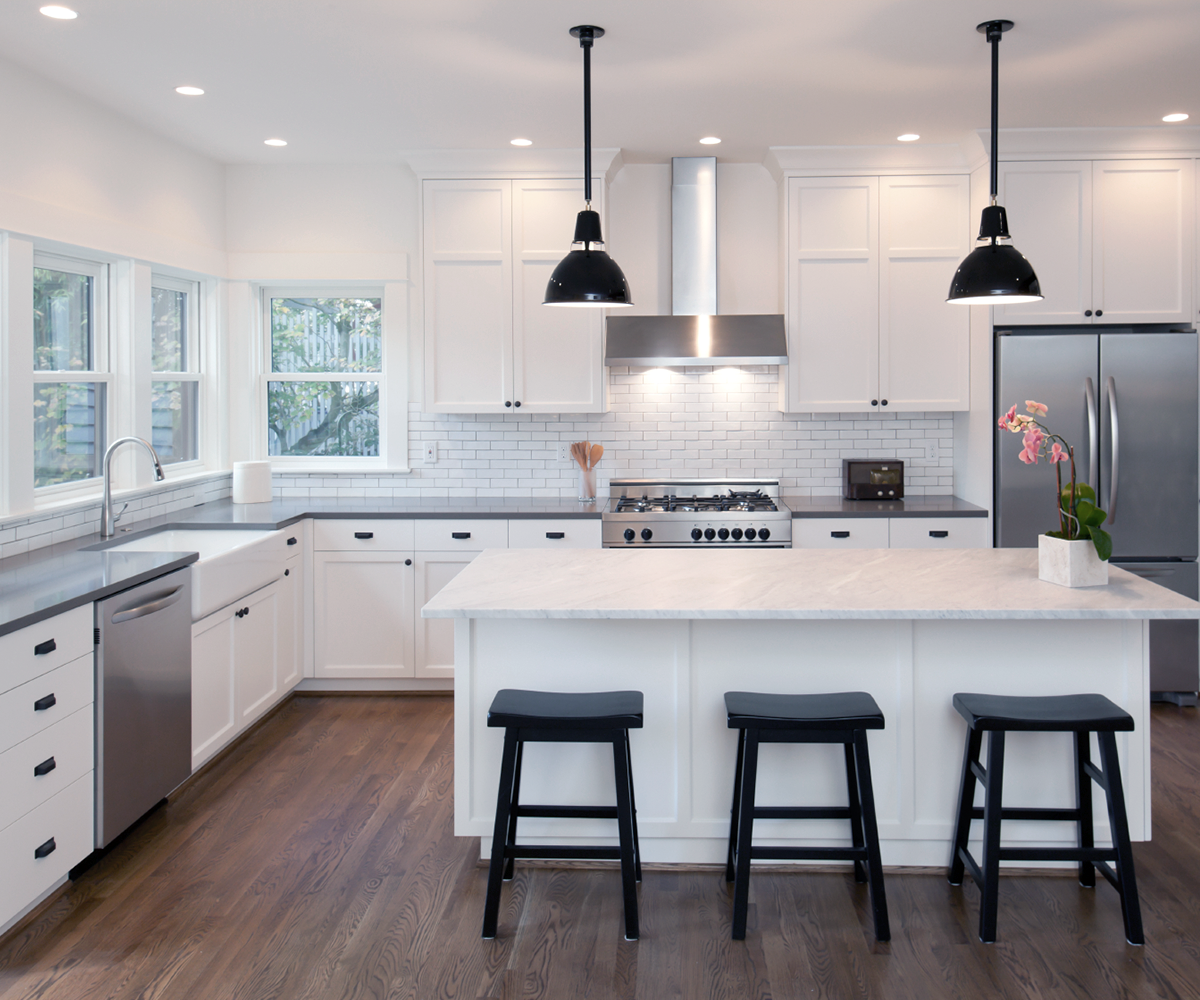

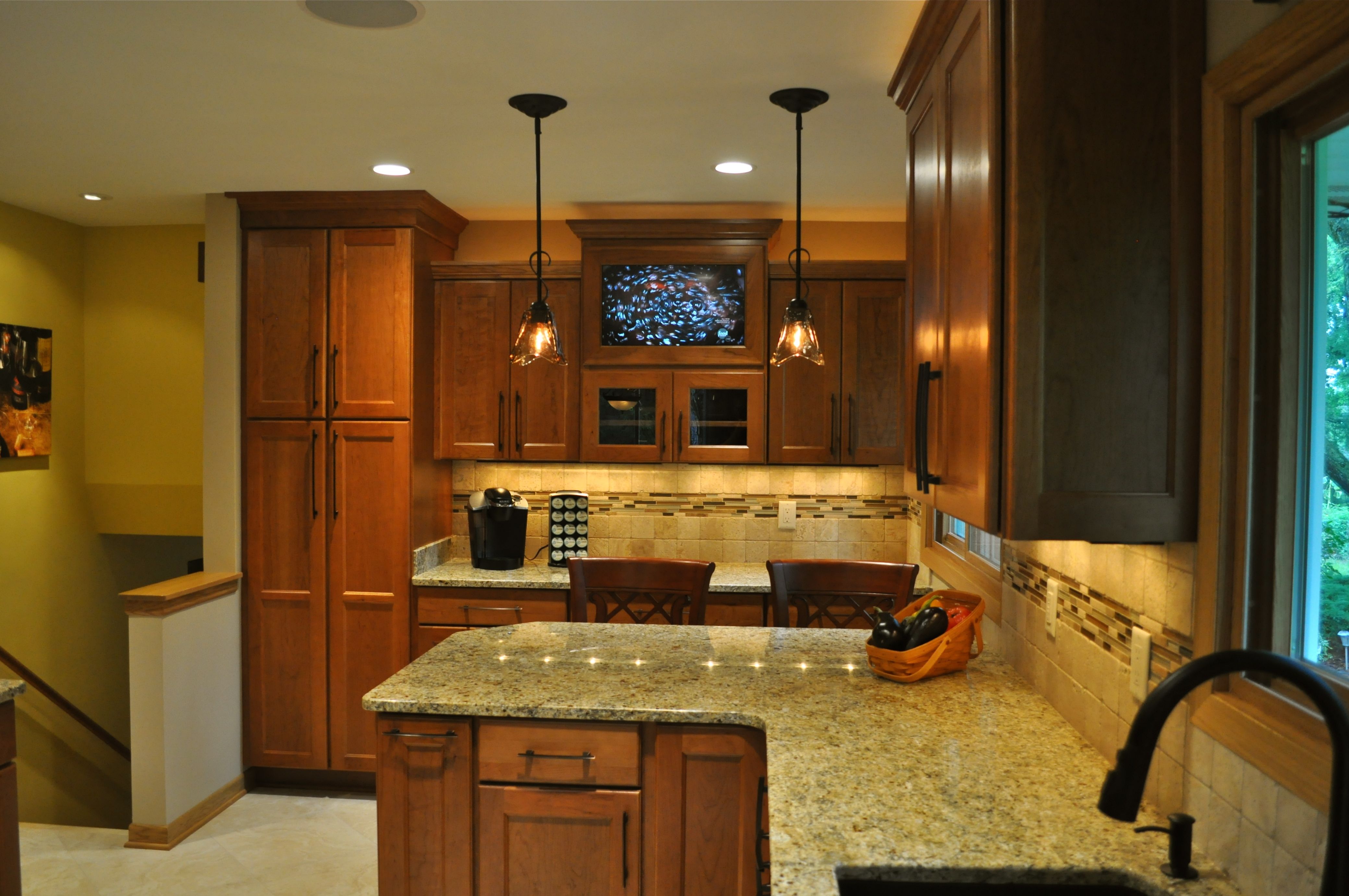

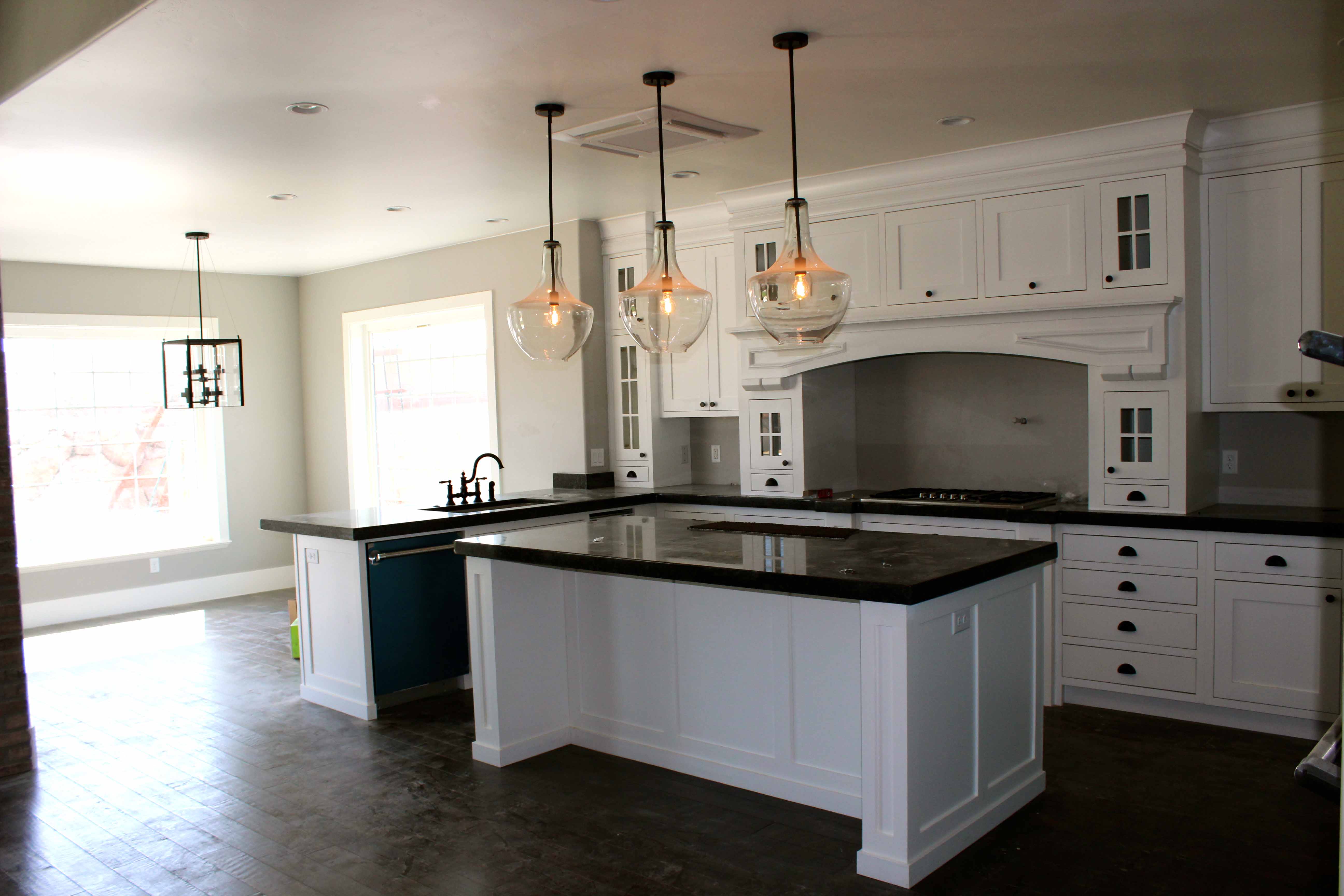
:max_bytes(150000):strip_icc()/DSC_0268-3b917e92940e4869859fa29983d2063c.jpeg)

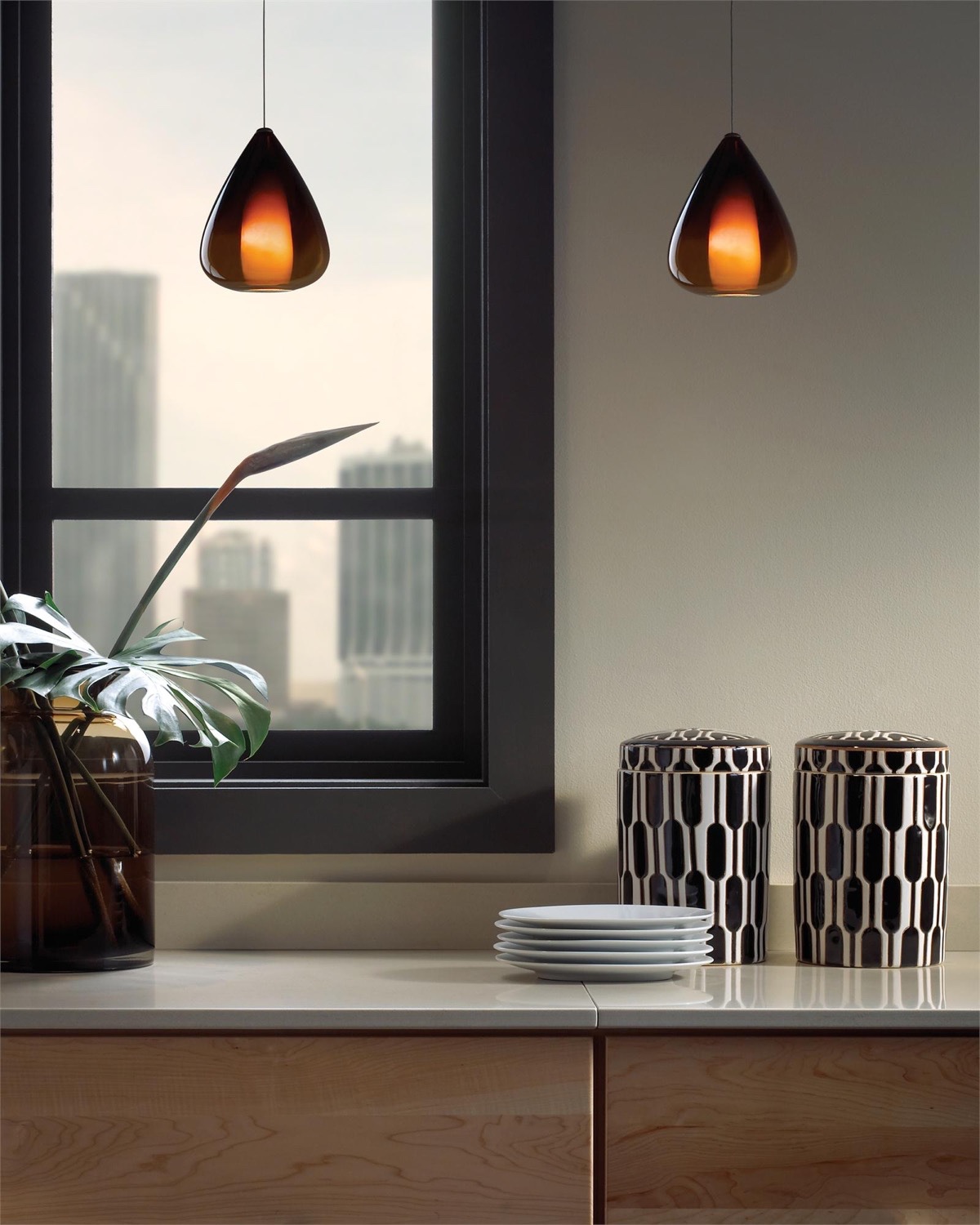
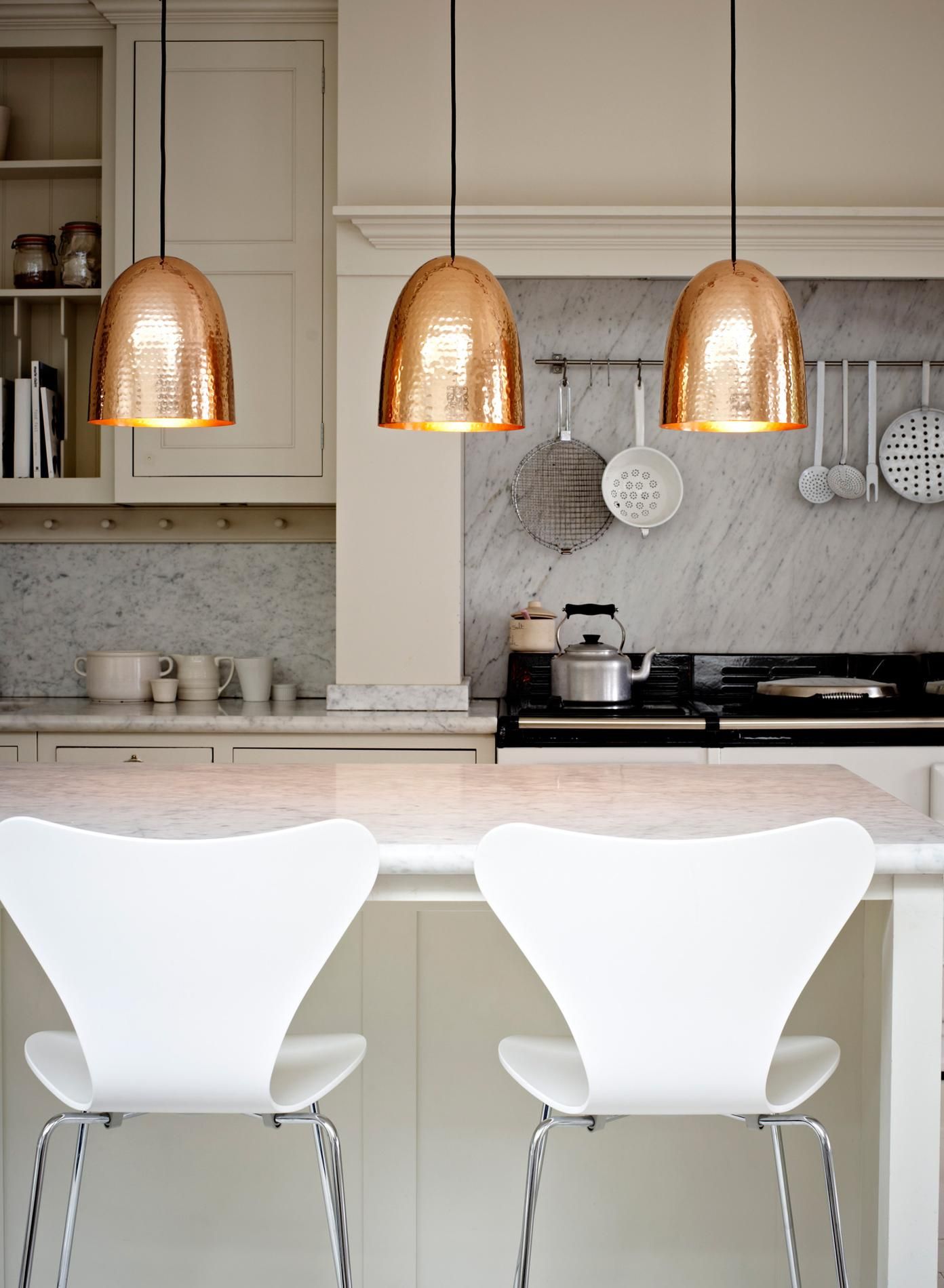
/DesignbyEmilyHendersonDesignPhotographerbySaraTramp_217-4832fb86a3de4efaaa2a6fdd4e3a7a76.jpg)
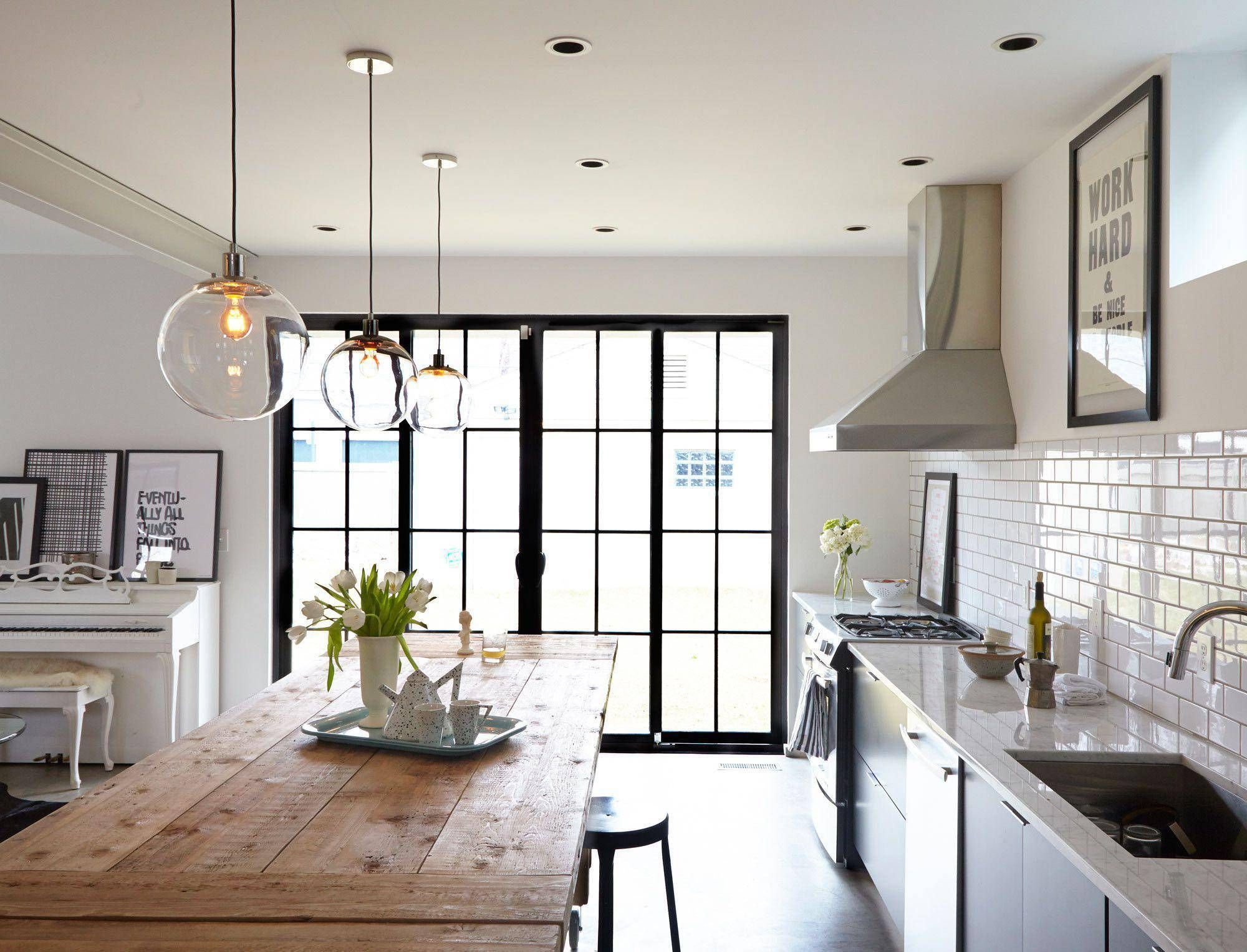

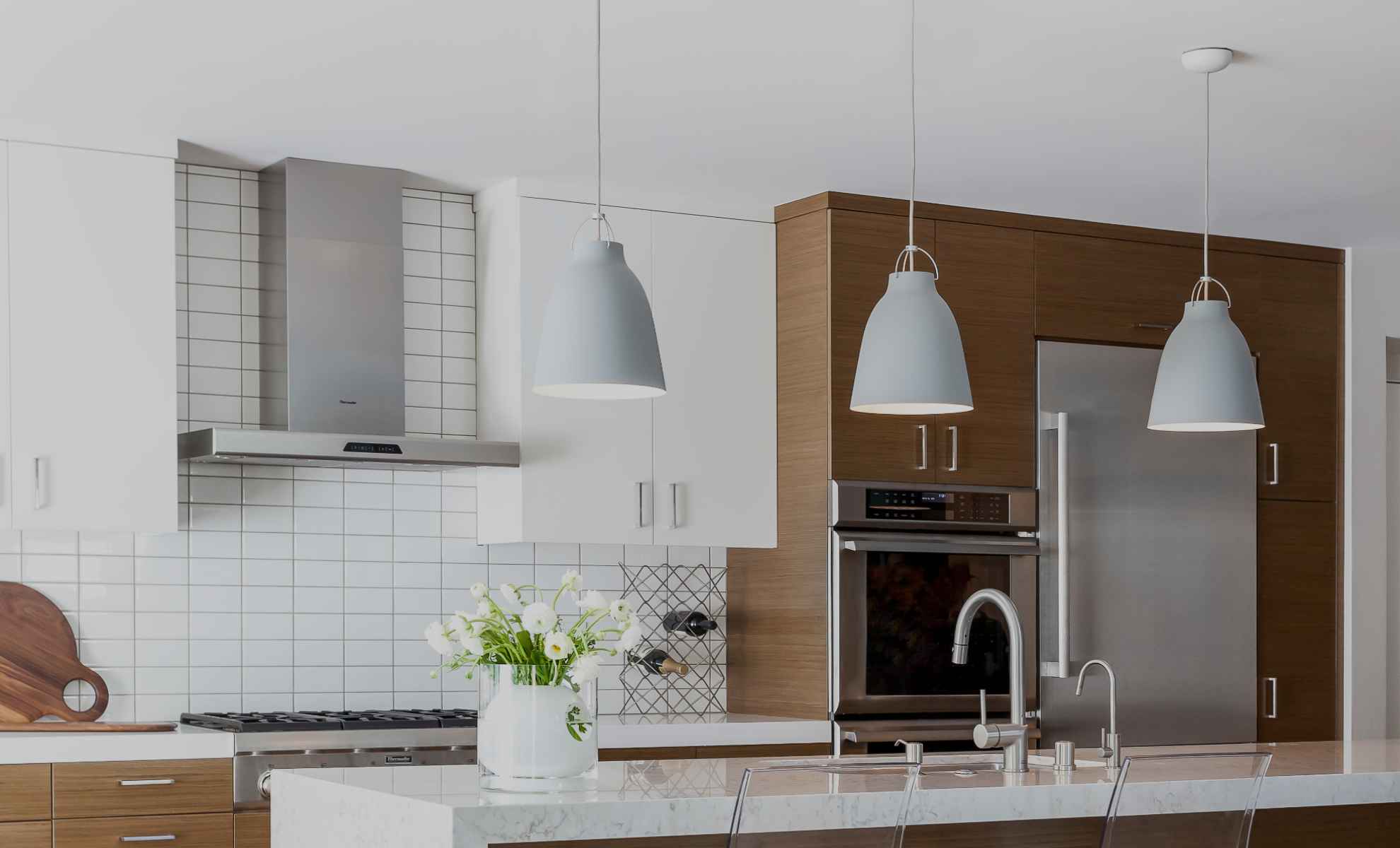
:max_bytes(150000):strip_icc()/PureSaltHIGHREZ-66-44bc07f6f1724683b92e6a5580aa9dba.jpg)
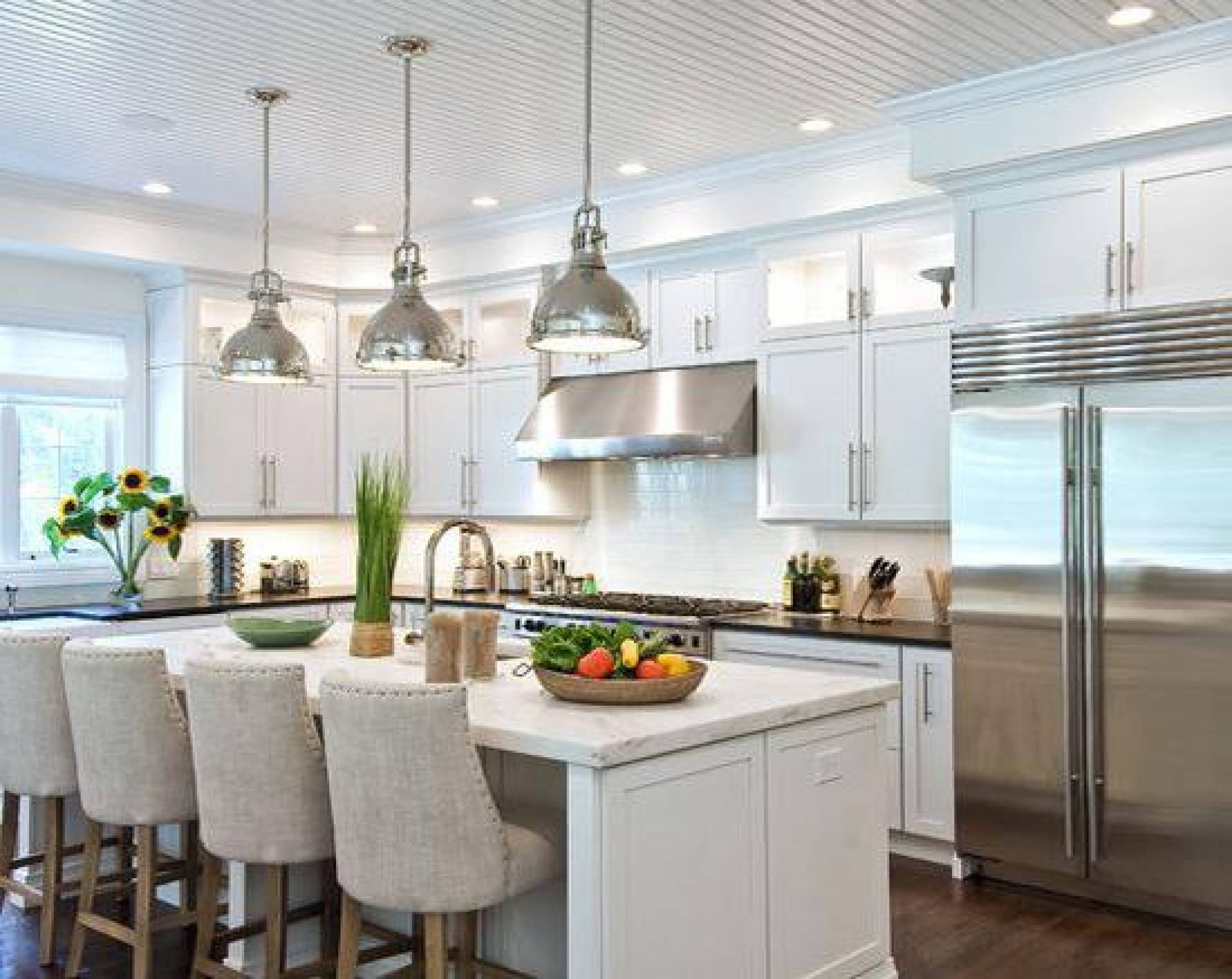
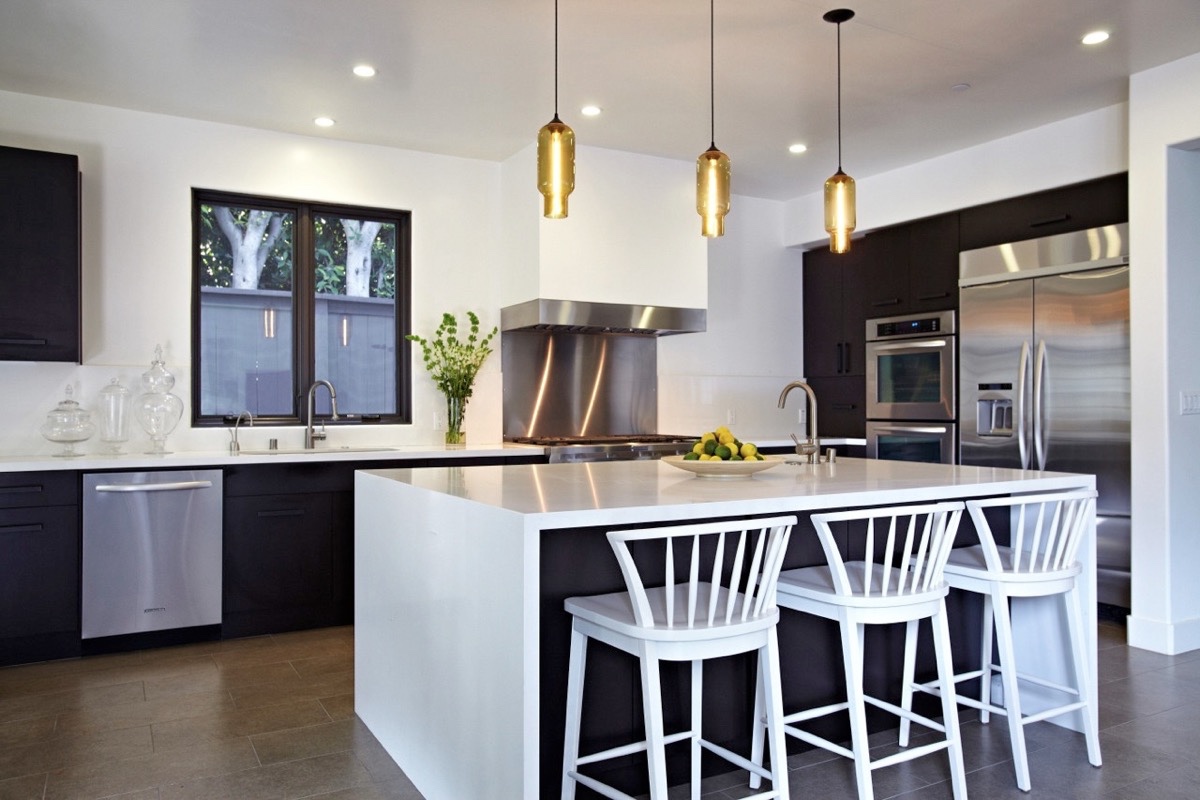
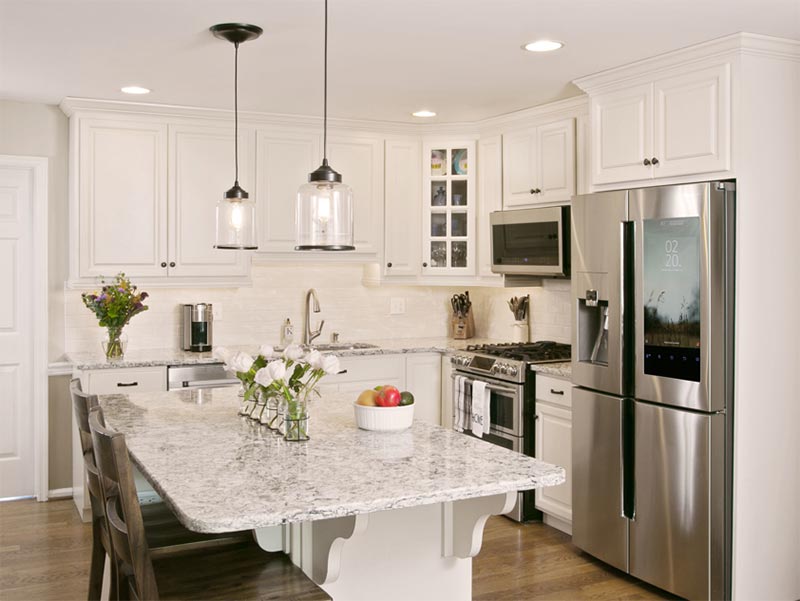



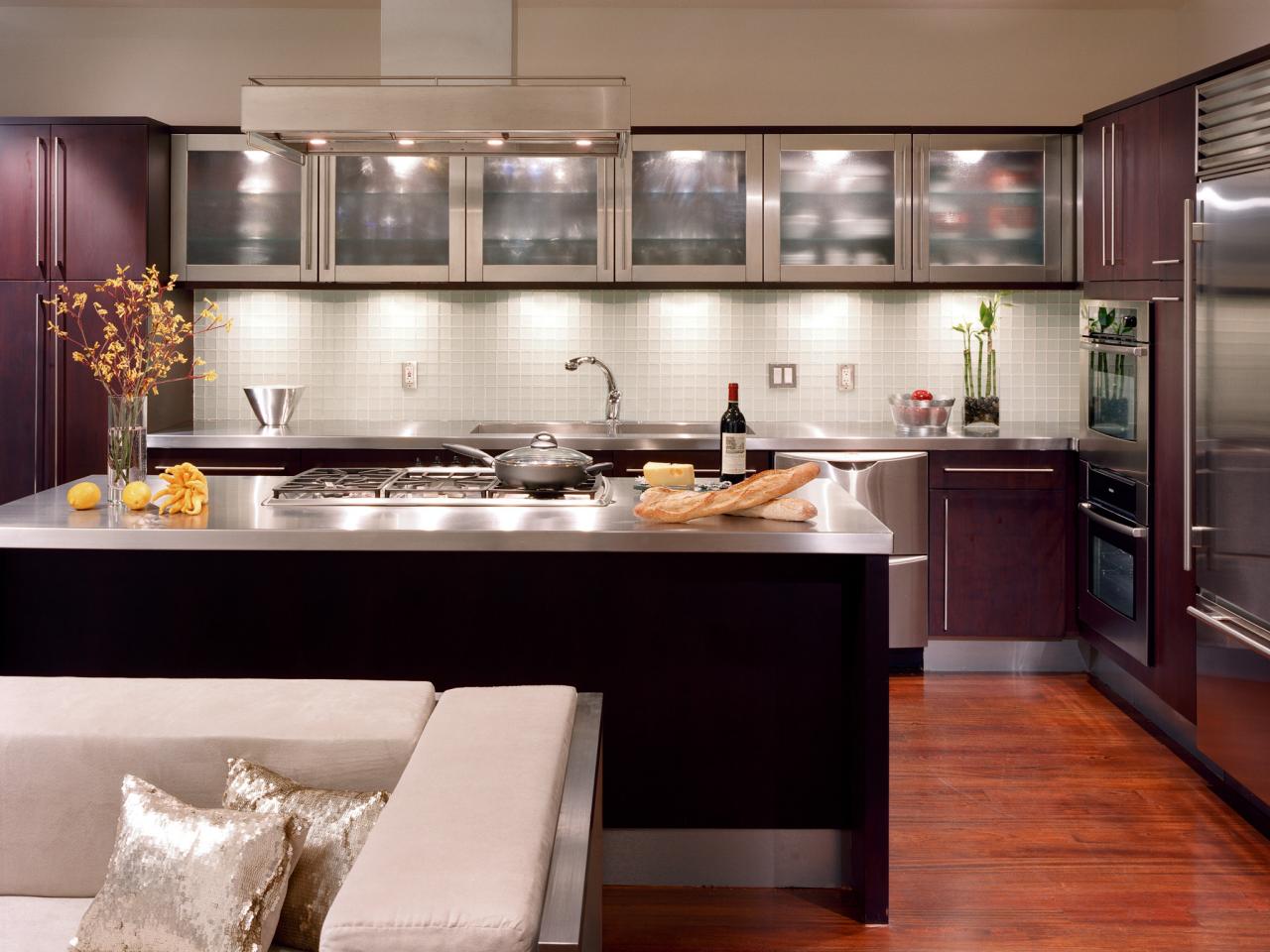
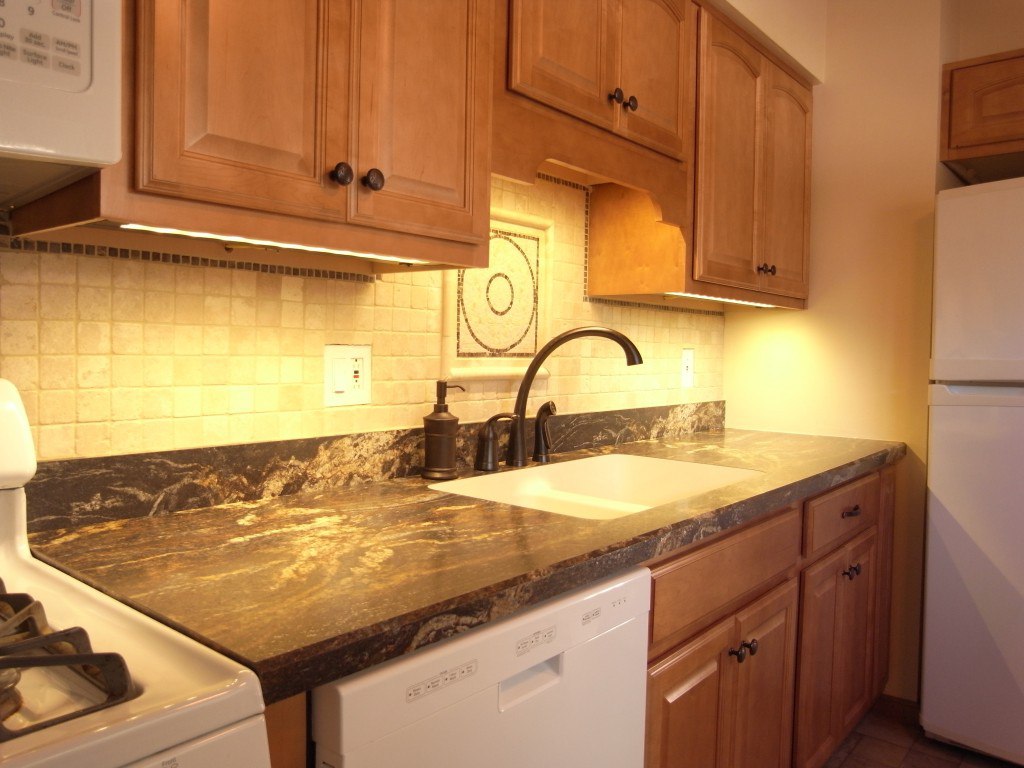

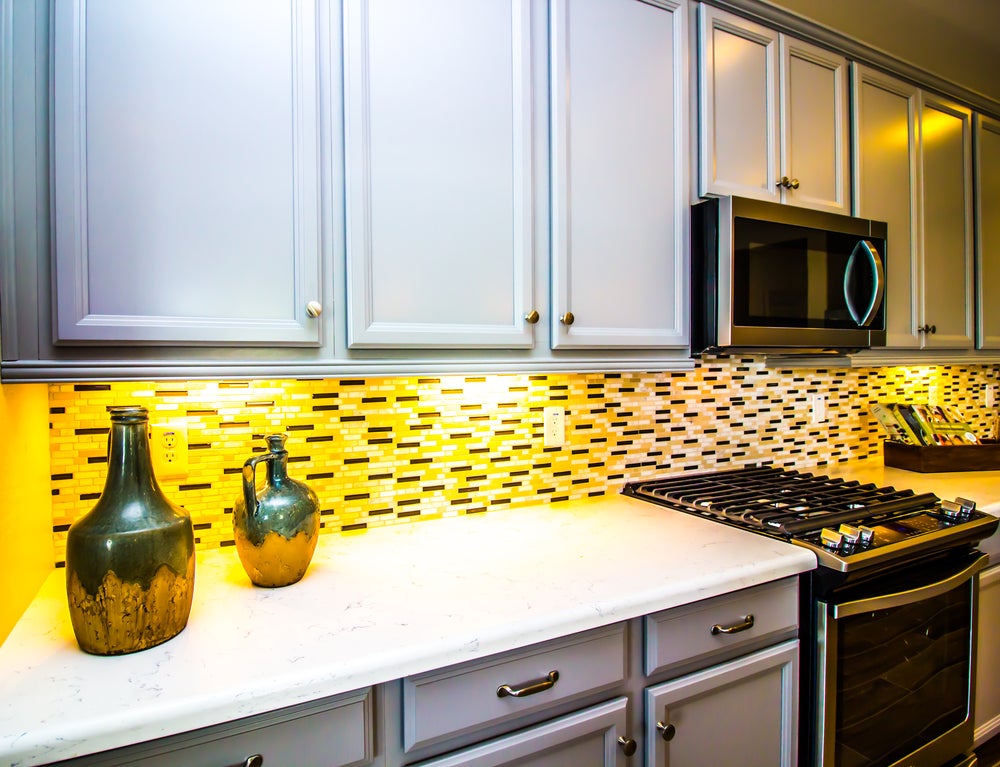
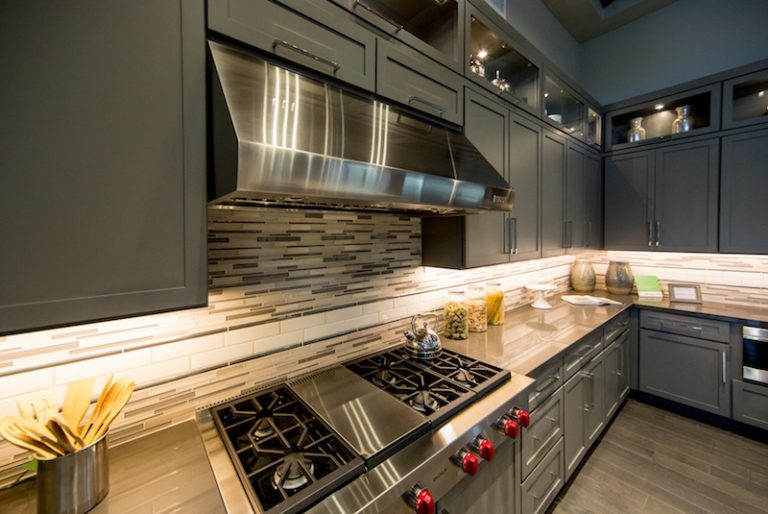




















:max_bytes(150000):strip_icc()/kitchenrecessedlighting-GettyImages-155383268-dec5caad600541ff81cbdd6d06846c66.jpg)









/Kitchentracklighting-GettyImages-1129132325-1989f37a082c493391d16a1659f1a509.jpg)




















